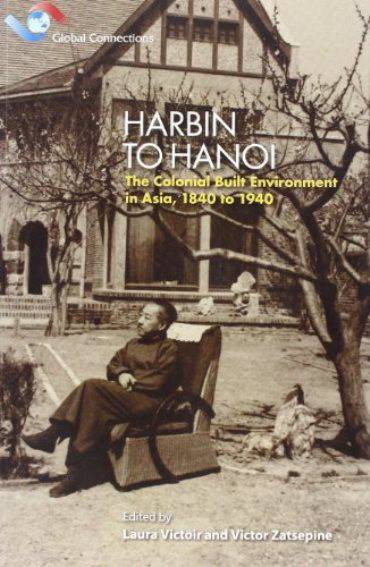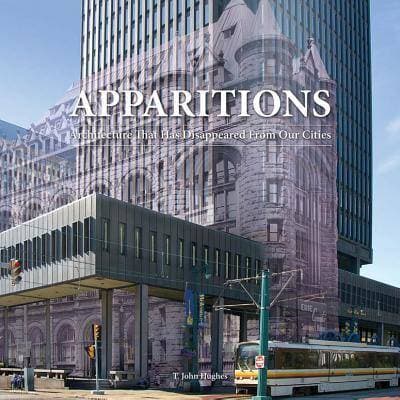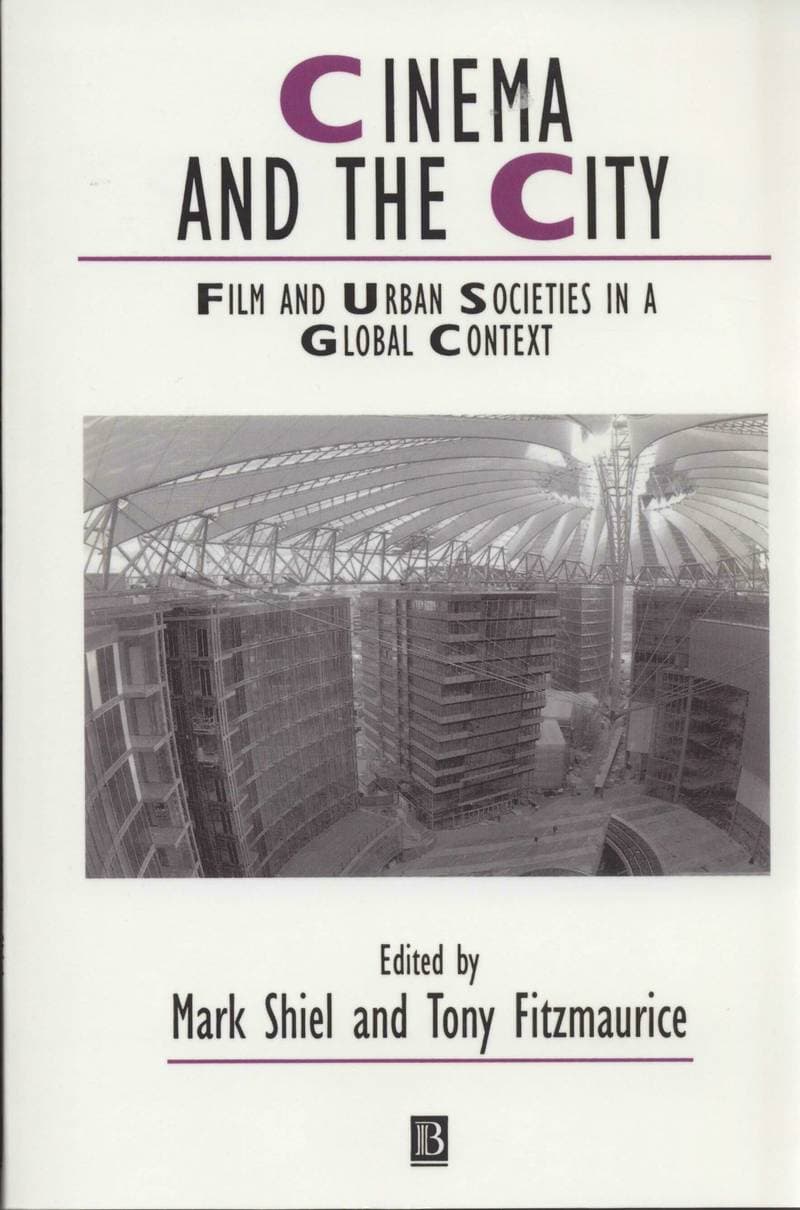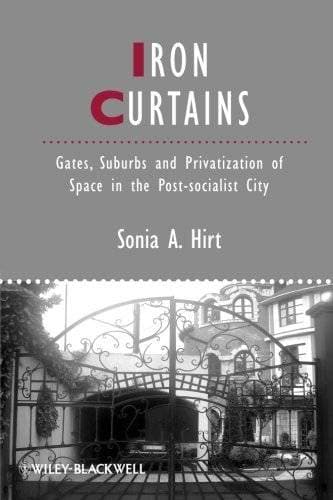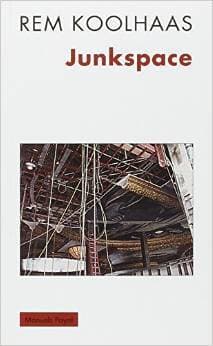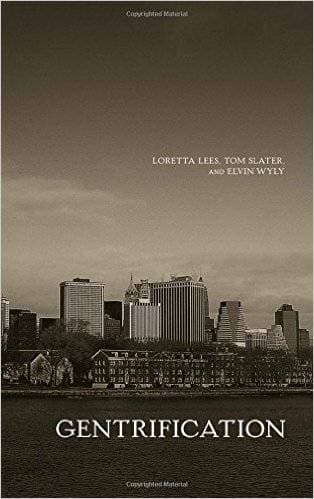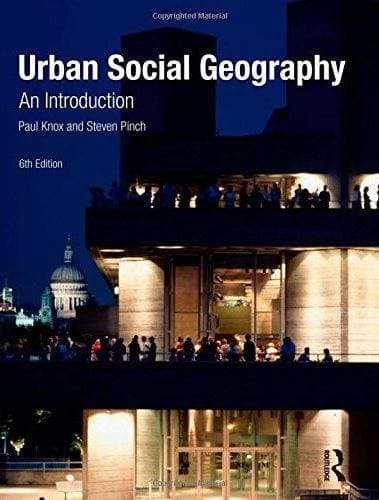Harbin to Hanoi: The Colonial Built Environment in Asia, 1840 to 1940
Colonial powers in China and northern Vietnam employed the built environment for many purposes: as an expression of imperial aspirations, a manifestation of supremacy, a mission to civilize, a re-creation of a home away from home, or simply as a place to live and work. In this volume, scholars of city planning, architecture, and Asian and imperial history provide a detailed analysis of how colonization worked on different levels, and how it was expressed in stone, iron, and concrete. The process of creating the colonial built environment was multilayered and unpredictable.
Данные книги
Архитектура, Вьетнам, История ХХ века, Китай, Постколониальные исследования, Урбанистика и градостроительство
Yue Liu (Автор статьи), Tucker David (Автор статьи), Chang Zhang (Автор статьи), Zatsepine Victor (Автор статьи), Sewell Bill (Автор статьи), Cunich Peter (Автор статьи), Victoir Laura (Автор статьи), Herbelin Caroline (Автор статьи), Roskam Cole (Автор статьи), Drummond Lisa (Автор статьи), Labbe Danielle (Автор статьи)
Гонконг
2013
282 страницы
9789888139422
Доступ по запросу
Да
Нет
711 Vic
1
- Learning from Las Vegas: the Forgotten Symbolism of Architectural Form1977
- Смерть и жизнь больших американских городов2011
- Apparitions: Architecture That Has Disappeared From Our Cities2015
- Я++. Человек, город, сети2012
- Cinema and the City: Film and Urban Societies in a Global Context2004
- Magical Urbanism: Latinos Reinvent the US City2001
- Медийный город: медиа, архитектура и городское пространство2014
- Iron Curtains: Gates, Suburbs, and Privatization of Space in the Post‑socialist City2012
- Junkspace. Repenser radicalement l'espace urbain2011
- Монополия. Игра, город и фортуна2013
- Gentrification2008
- Urban Social Geography: An Introduction2010
